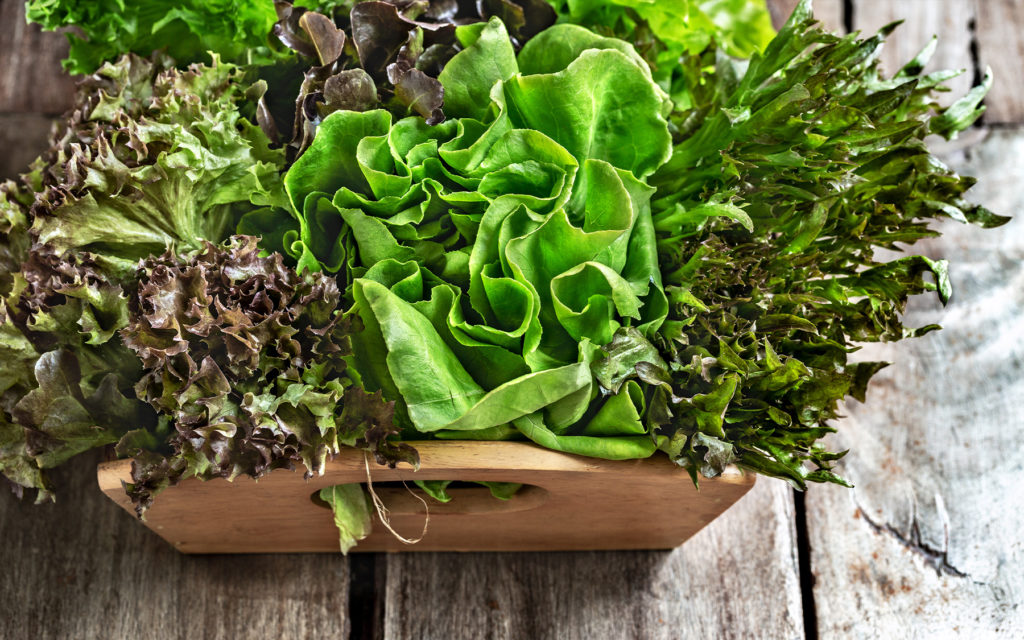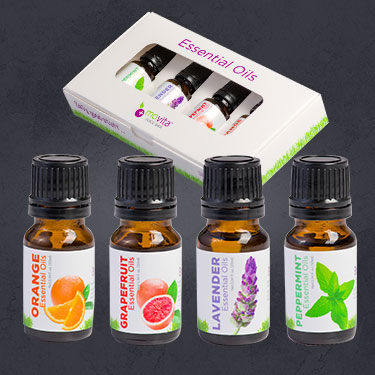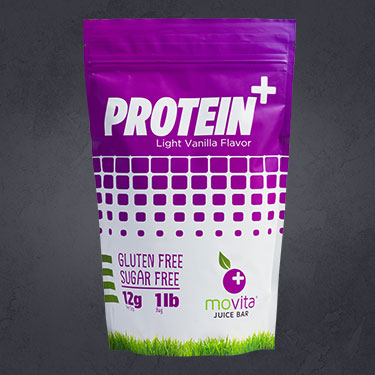
How many different types of lettuce can you name? Which type of lettuce has the most nutrition? The least? You may be surprised!
What are the major nutrients in lettuce?
Vitamin A: A fat-soluble vitamin involved in immune function, cellular communication, growth and development, and male and female reproduction. Vitamin A supports cell growth and differentiation, playing a critical role in the normal formation and maintenance of the heart, lungs, eyes, and other organs. Vitamin A is also critical for vision. The %DV is 900 mcg RAE.
Vitamin K: A fat-soluble vitamin present primarily in green leafy vegetables. Vitamin K is required for blot to clot normally. It can have serious and potentially dangerous interaction with anticoagulants such as warfarin (Coumadin®) and people on this medication are usually advised to maintain a consistent daily intake of leafy green vegetables that are the primary source of Vitamin K. The %DV is 120 mcg.
Folate: A water-soluble vitamin important in RNA and DNA production and metabolism of several amino acids. Groups of people potentially at risk for not consuming enough folate include people with alcohol use disorder and pregnant women. The %DV is 400 mcg DFE.
Lutein and zeaxanthin: The predominant class of antioxidants called carotenoids which accumulate in the retina of the eye. There is much research on the role these antioxidants play in preventing and/or slowing the progression of age-related macular degeneration (AMD), the leading cause of blindness in older adults.
Arugula: It’s not really a lettuce, and is actually part of the brassica family, closely related to mustard. Other names for arugula include “rocket”. Arugula has a peppery and a little nutty taste. It’s a good source of vitamin K, folate, lutein, and zeaxanthin. Arugula contains more calcium at 2.5 %DV than other types of lettuce, but it’s still not high in calcium. Try it: on pizza with shaved Parmesan, prosciutto, and figs.
Butter Lettuce: This category includes Bibb and Boston lettuces, which have tender leaves with a very mild, buttery flavor. Butter lettuce is an excellent source of vitamin K and a good source of folate, Vitamin A, lutein and zeaxanthin. Butter lettuce is the lowest in sodium with 3mg per cup. Try it: on sandwiches or as a wrap for spicy Asian foods.
Chard: Chard has large green crinkly leaves with celery-like stalks. Like spinach, chard is a member of the amaranth family along with beets. Chard is an excellent source of Vitamin K and good source of Vitamins A and C, magnesium, lutein, and zeaxanthin. Chard is the highest in Vitamin K at 249.2 %DV. Try it: cooked or raw; it has a milder taste when enjoyed raw.
Endive: This lettuce goes by a number of names including chicory, frisée, and curly endive. Even more confusing, it’s not the same thing as another kind of endive – more accurately known as Belgian endive. Endive is an excellent source of Vitamin K and good source of folate. It’s tied with escarole for the most fiber at 1.6 mg per cup and the most folate at 17.8 %DV.
Escarole: Like endive, it’s a member of the chicory family with crunchy leaves with a slightly bitter taste. It’s an excellent source of Vitamin K and good source of folate. Try it: add to soups – it cooks quickly and adds color and flavor.
Green Leaf Lettuce: This lettuce is member of the asteraceae family. It’s an excellent source of Vitamin K and good source of Vitamin A, lutein, and zeaxanthin. Try it: on sandwiches and in salads instead of Romaine.
Iceberg: Here’s another member of the asteraceae family. Iceberg lettuce has the highest water content (at 96% water by weight) of any other type of lettuce. Many people believe that iceberg lettuce contains no nutritional value – and they’re wrong. One cup of iceberg lettuce contains 1 gram of fiber and has more folate than arugula, red leaf, green leaf, chard, and kale. It also contains more phosphorus than green leaf, arugula, red leaf, and spring mix; and more potassium than arugula, red leaf, green leaf, romaine, spring mix, and kale. Try it: in salads and for people who dislike lettuce with a more pronounced flavor.
Kale: Kale is a member of the brassica family along with broccoli, Brussels sprouts, cabbage, and cauliflower. It has a bitter or peppery flavor when raw and is a bit milder when cooked. Kale is an excellent source of Vitamins C and K (25 and 80% of the DV respectively) and provides lutein and zeaxanthin.
Red Leaf Lettuce: The vibrant color of this lettuce comes from anthocyanins, antioxidants in plants that provide a red or purple color. It’s an excellent source of Vitamin K and good source of Vitamin A, anthocyanins, lutein, and zeaxanthin. Try it: to add color to salads
Romaine: Romaine is crispy with a mild, sweet flavor. It’s an excellent source of Vitamins A and K, a good source of folate, and contains lutein and zeaxanthin. Try it: mixed with greens with heartier flavors such as kale or spinach.
Spinach: It’s not technically a lettuce. Spinach is a member of the amaranth family and more closely related to beets and chard. Spinach is an excellent source of Vitamin K and a good source of folate and Vitamins A and C. Spinach also contains lutein and zeaxanthin. It contains some iron, but not as much as Popeye followers might think: only .81mg per cup, which is 4% DV. Try it: sautéed with garlic and olive oil, or added to scrambled eggs
Spring Mix: Spring mix is the term given to a variety of different packaged salad products. In general, spring mix usually contains baby lettuce, spinach, and other edible leaves. It may also include red and green romaine, red and green oak leaf, chard, arugula, spinach, endive, radicchio, and other heirloom lettuces. It’s an excellent source of Vitamin K. Try it: quick and simple – prewashed and packaged and ready to eat out of the bag.
Our tips: Experiment not only with different types of lettuce, but also different ways to include lettuce in your meals:
- Add to soups (arugula, spinach, kale, chard)
- Sauté or stir-fry (iceberg, romaine, endive)
- Grill (romaine, kale, butter lettuce)
- Braise in slow-cooked recipes instead of cabbage (romaine or kale)
- Use instead of crackers and top with nut butter, hummus, or chicken salad
- Chop and add to spring rolls
- Add chopped lettuce to rice or noodle bowls
- Wilt and add to warm vegetable mixes or legume mixes
- Whip up a green smoothie with fruit for sweetness
DISCLAIMER: These statements have not been evaluated by the FDA. The information is for informational purposes and is not intended to treat, diagnose or cure any illness. Consult a physician before taking any action.
Want to contribute great content?
We are looking for contributors provide our readers with great healthy content to encourage positive living. If you're interested in becoming a contributor pease email us at blog@movitajuicebar.com



